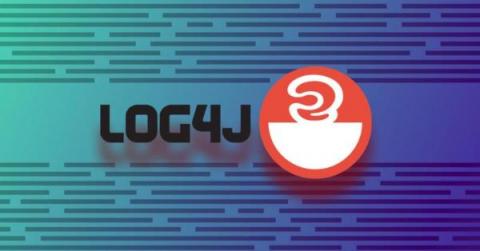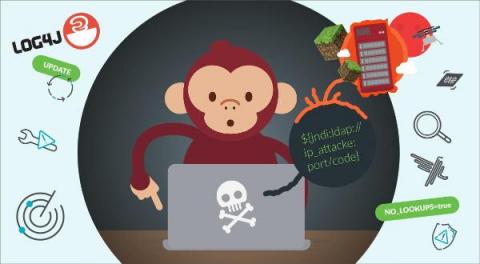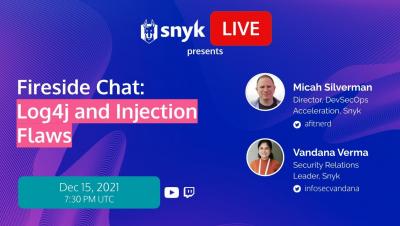How tech managers can make sure security isn't left off the list this holiday season
The holidays are coming up quickly and while many of us are looking forward to getting some human downtime (not technical), some may be feeling the pressure and some stress to make sure everything that needs to be done by the end of the year is in fact done by then, especially with the ongoing log4j aka log4shell security fires happening.











